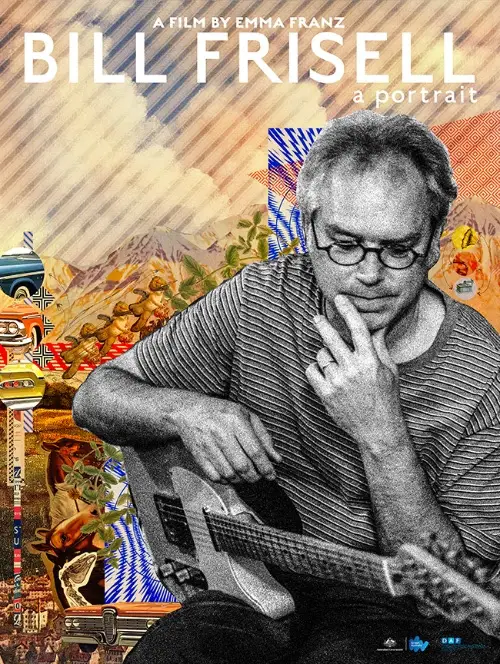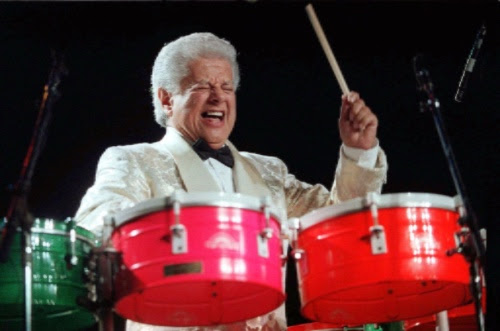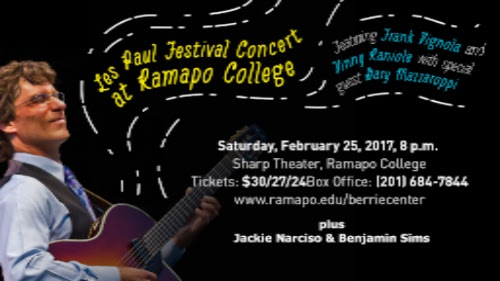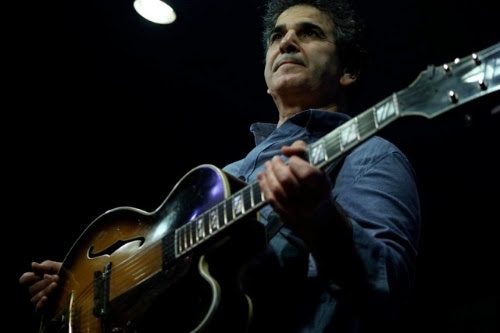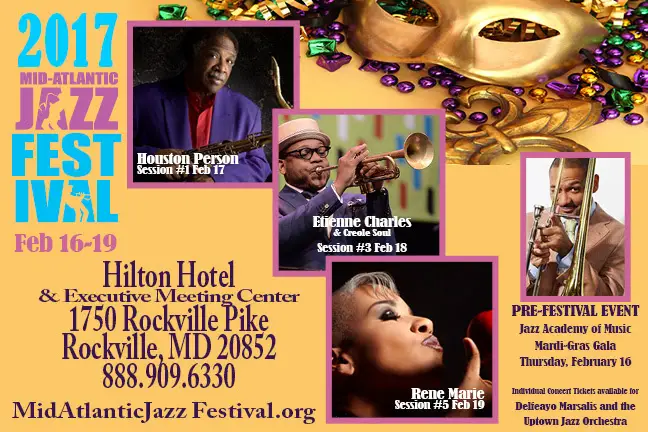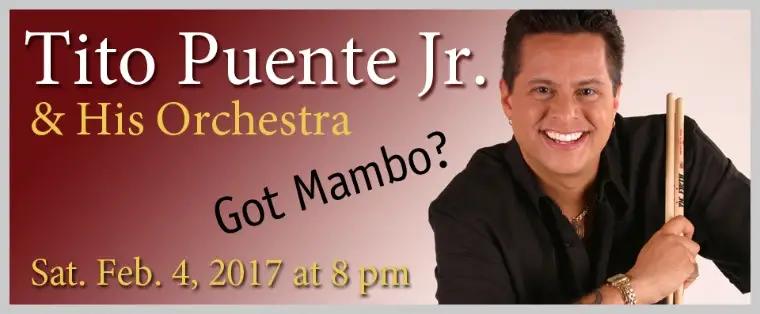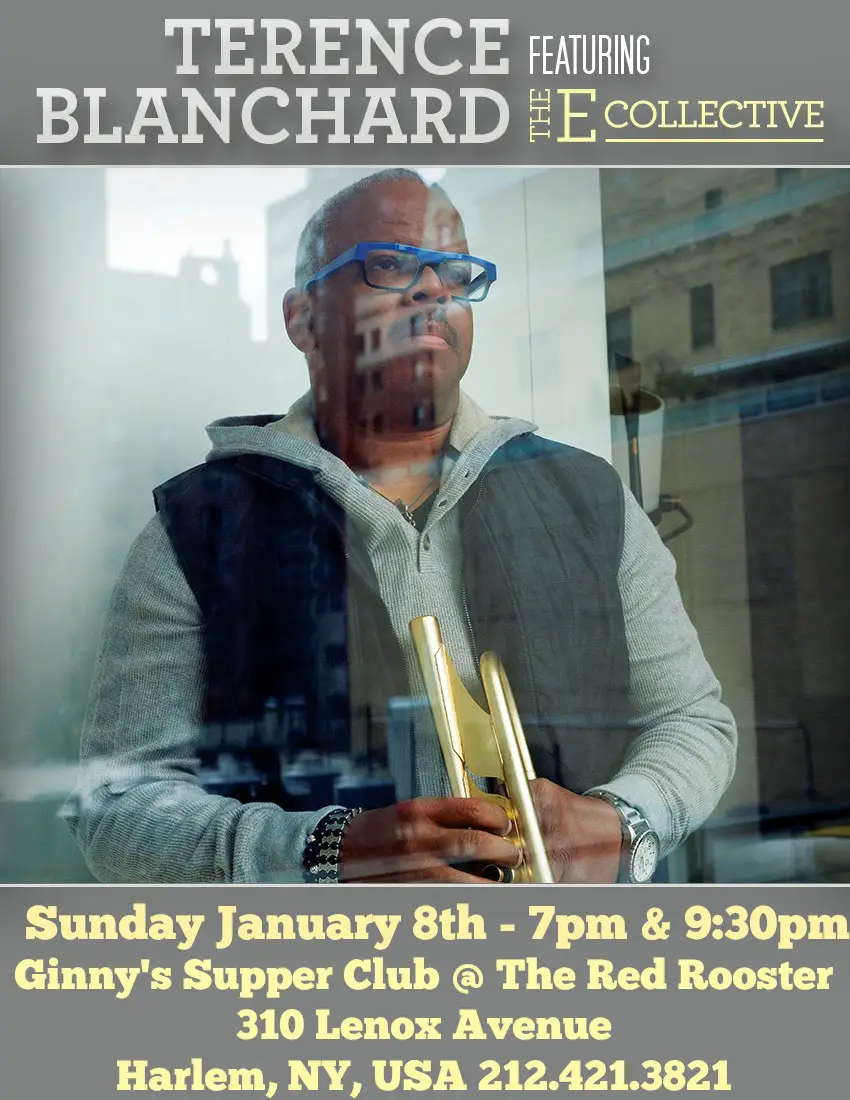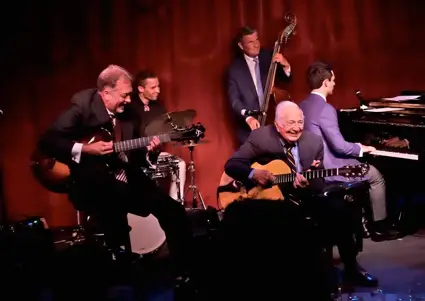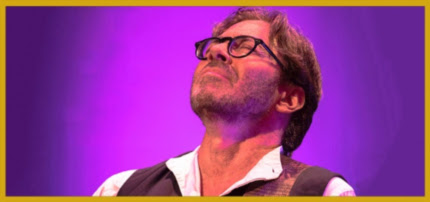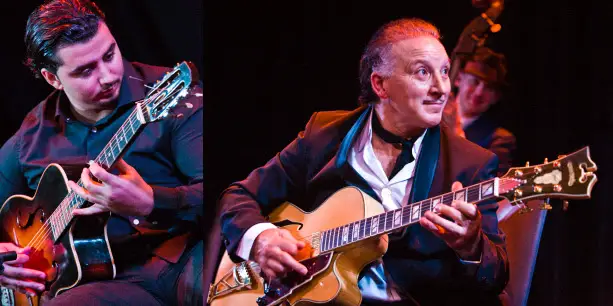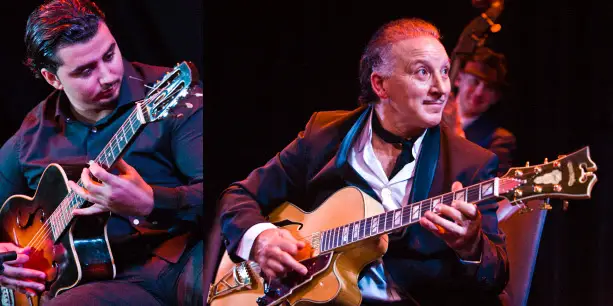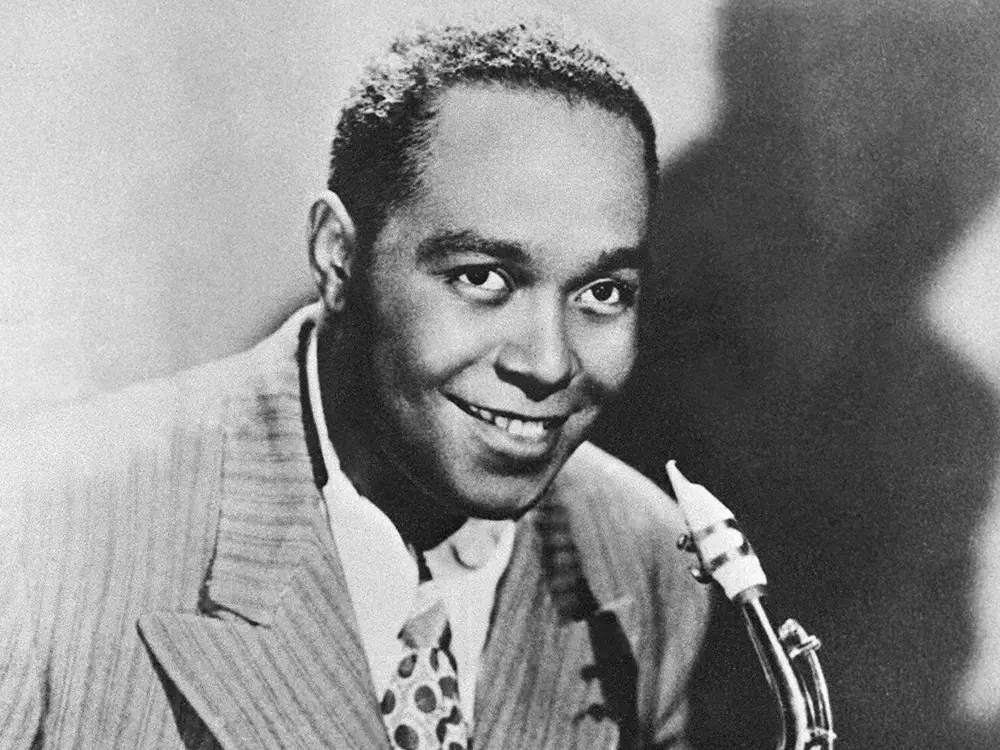John and Debi Medeski have finally realized a two-year long goal of bringing these very special representatives of a disappearing culture all the way from the rainforest of Ecuador to the mountains of upstate New York. We are blessed by the presence of three elders and healers and their guide who has been living amongst and studying with them for many years.
John Medeski (Medeski Martin and Wood)-Keyboards
Bill Evans (Miles Davis, Soulbop, Soulgrass)-Saxophone
Billy Martin (Medeski Martin and Wood, Lounge Lizards)-Drums
Mike Rivard (Club D'Elf, Shawn Colvin, Hassan Hakmoun)-Bass and Sintir
With: Philippe Pascal Garnier on Crystal Singing Bowls
and Steven Bachmann on Didgeridoo
and other Special Guests...
-
The Secoya People
The Secoyas are an ethnic minority of the Upper Napo Region of the Ecuadorian Amazon Rainforest, numbering approximately 350 people in Ecuador and 350 in Perú. Their name, Secoya, means "People from the Multi-Colored River," and in some cases, they are referred to as the "People of a Thousand Colors." While no one truly knows how far back their lineage dates, their fading population is estimated to have been 16,000 at the time of European contact-so it's safe to say these wise sage's are of true native ancestral lineage.
Secoya traditional elders and healers are the time-honored maestros, the "magicians of the forest," who use over 350 species of medicinal plants. Over 100 of these are found only in cultivation in family gardens and are regarded as family treasures. The Secoya traditional elders refer to their plant lore as an umbilical cord that connects them to their past.
The Secoya religion is animistic; the natural order is explained without recourse to concepts of good and evil. They believe in a multitude of spirits that inhabit natural phenomena such as animals, trees, rivers, and stars. The Secoya believe in a tiered universe, with an underworld, the earth, and multiple celestial realms.
These beliefs become evermore evident through their music-musical instruments include the one-stringed bow and vertical flutes of bamboo. Small drums are also played, and large ceramic trumpets are used for signaling. Men's songs are of the shamanic genre, whereas women sing of domestic life and its problems. Their songs, profoundly and uniquely cherished, are a guide to the journeys between the universes tiers, a sacred connection to the earth and a calling to all of life's energies.
According to well-known author, Daniel Pinchbeck, who had the rare opportunity to visit with the Secoya almost a decade ago: "The Secoya shamans, elders in their 60's and 70's...are wise, giggling jungle wizards, and true maestros."






